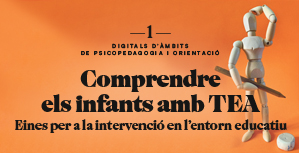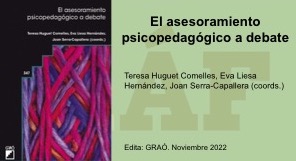Positive convivence in school from a restaurative look
Keywords:
Positive coexistence, Restorative justice, Restorative practices, Community, Responsability, Commitment, DialogueAbstract
Positive coexistence at school means conflict as an opportunity for learning and a transformative element and transcends reactive intervention by incorporating preventative and proactive action. Restorative practices share these key aspects and add the participation and involvement of the group, including the community, from co-responsability, to repair the damage and restore relationships. Incorporating restorative practices at school, and above all, the restorative look, requires people to count, but also with the help of the structures that allow them to incorporate successfully.
References
Hopkins, B. (2011). The Restorative Classroom. Using Restorative Approaches to Foster Effective Learning. London: Optimus Education
Organización de Naciones Unidas (2006). Manual sobre programas de justícia restaurativa. Nueva York: Naciones Unidas https://www.unodc.org/documents/justice-and-prison-reform/Manual_sobre_programas_de_justicia_ restaurativa.pdf
UNESCO (2015). Replantear la educación. ¿Hacia un bien común mundial? París: UNESCO. http://unesdoc.unesco.org/images/0023/002326/232697s.pdf
Wachtel, T. (2013) Definiendo qué es restaurativo. Bethlehem, PA: International Institute of Restaurative Practices (IIRP). http://www.iirp.edu/pdf/Defining-Restorative-Spanish.pdf
Zehr, H. (1990). Changing lenses: a new focus for crime and justice. Scottdale, Pensilvania: Herald Press.

Downloads
Published
Issue
Section
License
The authors maintain their copyright and give the right to the first publication of the work to the journal, registered under a Creative Commons Attribution-Non Commercial-NoDerivs license. This license allows others to download the works and to share them with others as long as they credit the author, but it does not allow for any kind of modification or commercial use.














